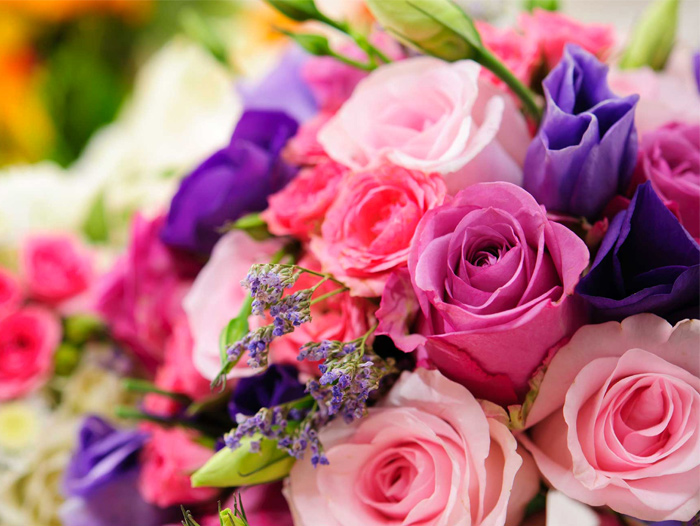
Customers are just as keen on knowing these flowers’ stories, just as much as they are on their beauty or scent.
A bouquet of roses, a vase of lilies, a sprig of lavender—these are not just beautiful or fragrant arrangements; they also speak volumes. Each tells tales of its origin: the soil it grew in, the hands that cultivated it, what went into its production, and the miles it has traveled. In the modern world where transparency is currency, customers are just as keen on knowing these flowers’ stories, just as much as they are on their beauty or scent. Modern-day consumers are, practically, leaning in closer to hear these narratives—and rejecting those that speak of exploitation, waste, and environmental or biodiversity harm.
These consumers’ shift toward sustainably produced flowers or plants is not just a fad; it could be interpreted as a ‘quiet revolt’, a rebellion against the ‘hidden’ costs of conventional floriculture. Today’s flower buyer is not simply buying their beauty; they are vouching for ethics and ecological conservation. In fact, recent research shows that many are willing to pay a premium for flowers with sustainable attributes, which is a demonstration of a growing interest in eco-conscious consumption. Let’s, therefore, find out why sustainability in the flower industry has become the core of this consumer revolution.
To read more, please visit Thursd.
